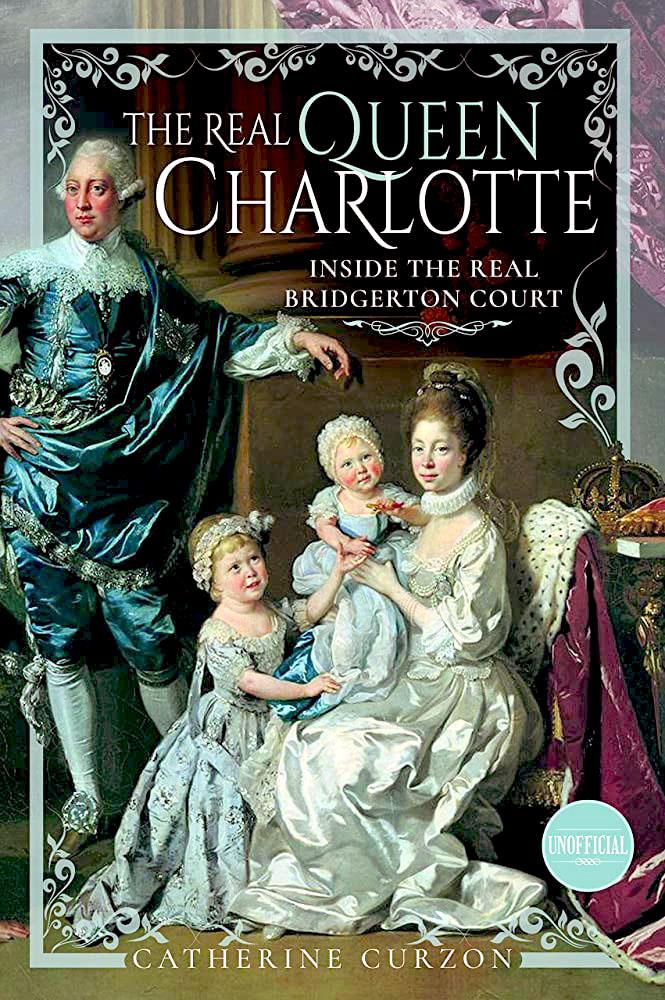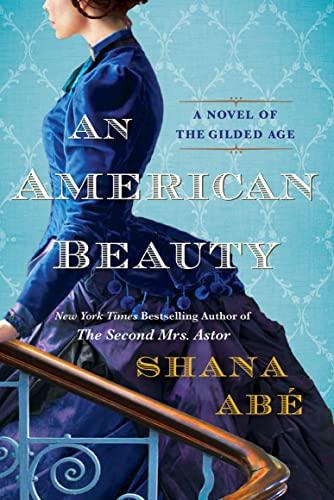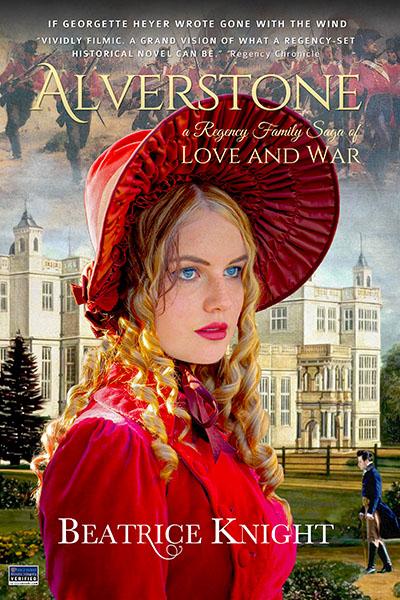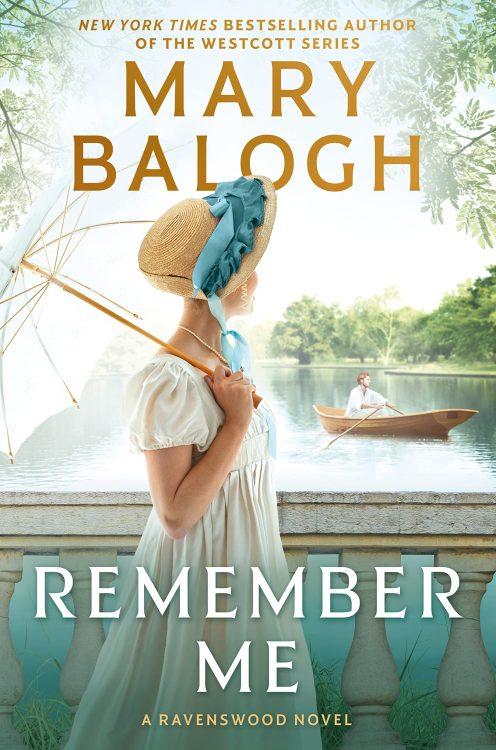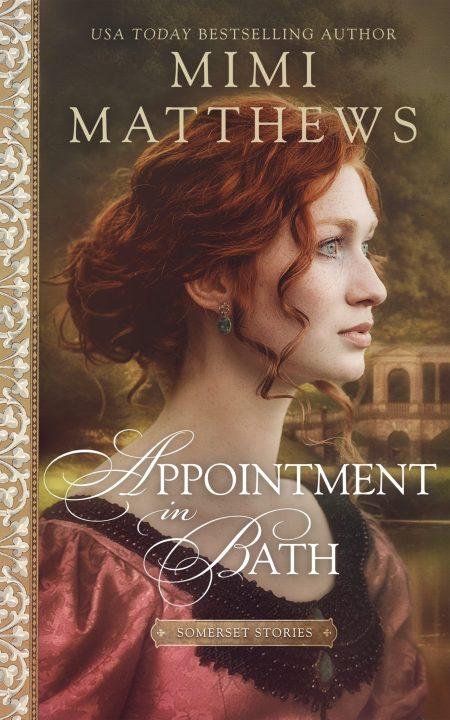The Real Queen Charlotte
Accessible and matter of fact.
Content was an introduction to this figure, not an in-depth biography with a comprehensive history component. Research scope was focused accordingly, so the book ranks lower than more extensively researched biographies.
A lightweight biography slanted toward readers who may be unfamiliar with the subject.
A solid introductory text.
Professionally edited. Top 10% for editing quality.
Book Description
Known to millions as the imperious matriarch of Bridgerton’s court, Charlotte of Mecklenburg-Strelitz was still a teenager when she was chosen to be the bride of King George III. Shy, innocent, and sheltered, the orphaned princess and her youthful groom carried the hopes of a nation on their shoulders.
The placid and unassuming young couple symbolized a new beginning, but soon those hopes began to sour. Charlotte and George’s marriage lasted for nearly 60 years and produced more than a dozen children, but it was beset by unrest at home, war in the colonies, and the king’s encroaching madness.
As the royal couple battled against their critics, their political opponents, and sometimes even their own family, Charlotte learned what it really meant to be queen…
Lily’s Take
The Bridgerton streaming series introduced a new generation of readers to a history that existed before the Internet was invented. The series is a sugary visual feast loosely inspired by fact. Its popularity inspired a spin-off devoted to Shondaland’s fictionalized Queen Charlotte.

Image courtesy of Netflix.
Catherine Curzon’s timely biography The Real Queen Charlotte: Inside the Real Bridgerton Court delivers a deeper dive on the woman Bridgerton viewers associate with enormous coiffure and mixed ethnicity. While actress Golda Rosheuvel (left) channels the mature queen consort with with more dimension than scripted, her character serves the Bridgerton franchise. i.e. entertainment first.
Viewers intrigued by Shonda Rimes’ take on the long-reigning queen have been chomping on biographies in a quest to discover whether the real queen was a made-for-TV personality, and to answer speculation about her ethnicity. Charlotte sought to have the last word on her life and heritage by writing her own memoir, which can be read online, free of charge. In her words, she was a tough cookie with a well-chronicled descent tracing back through centuries of European royals.
The theory that she had African forbears is based on her descent, through nine generations, from Margarita de Castro e Souza, a 15th-century Portuguese noblewoman, whose ancestry traces to the illegitimate son of 13th century ruler Alfonso III of Castile and his Moorish mistress Madragana ben Aloandro. Back then, ‘Moor’ referred to any person living in the remnants of the Moorish Empire in Spain. Madragana, given her name, might well have been Sephardic Jewish. It seems she looked mixed-race. Could that explain Queen Charlotte’s features, 650 years and countless pasty-faced Euro-royals later, or did someone in her more recent ancestry have a fling with an African footman? Ms. Curzon does not speculate on alternate possibilities.
Famously plain, the young Charlotte was perhaps most reliably depicted in Sir Allan Ramsay’s 1762 portrait; the artist was known to refrain from the usual glamorizing of his subjects. Some historians suggest Sir Allan, an abolitionist, may have played up for political reasons (which never happens in today’s times!), features described late in the queen’s life as “a true mulatto face” by her physician, Baron Christian Friedrich Stockmar. In her memoir, Charlotte offers this physical description: “… the Queen could not certainly be pronounced an absolute beauty… She was… rather small, but her shape fine, and carriage graceful; her hands and neck exceedingly well turned ; her hair auburn ; her face round and fair ; the eyes of a light blue, and beaming with sweetness ; the nose a little flat, and turned up at the point; the mouth rather large, with rosy lips, and very fine teeth.”
She was also a gatekeeper who fought to protect her mentally frail husband. Theirs was an arranged marriage: typical of royal matches of the era. There is scant evidence to support India Amarteifio’s portrayal of the young Charlotte of Mecklenberg-Strelitz, as a minor German royal who whines like a Tik-Tok influencer about tight corsets and nearly climbs a wall to escape her glittering marriage to the most powerful monarch of the day, King George III.
Born of a rare love match, Charlotte knew the dog-eat-dog power struggles that had shaped her dynasty. The Mecklenberg-Strelitz succession was convoluted, not least because various heirs died childless, a problem Charlotte and her king assiduously avoided. Their relationship and Charlotte’s active role in managing the court and her large extended family is at the center of Ms. Curzon’s biography. This is not an epic in-depth delve into 18th Century English political history. It’s an approachable book for folks who want more insight into the iconic queen who inspired the Netflix retelling.
The strength of Ms. Curzon’s biography is in its portrayal of Charlotte as a strong woman who navigated a vicious court at a time when the chill winds of revolution made the British royals nervous, and in its carefully researched picture of her tender relationship with her husband. Their domestic fidelity became a symbol of their reign, and compounded the tragedy of the king’s changing temperament as his mental health crisis worsened. Charlotte shielded him, and herself, for as long as she could, then managed the court, in place of her son’s estranged wife Caroline of Brunswick, when he became Prince Regent. At the same time she exercised control over her daughters that appeared to be their undoing – a theme the author could have explored with more insight and nuance in a more thorough biography.
This biography had a rushed feeling, to me, as if Ms. Curzon had expanded the section on Queen Charlotte from her earlier work Queens of Georgian Britain, adding extra content not used in that volume without weaving a fresh, compelling narrative. The content felt at times like a chronology of events intermingled with some breezy commentary on Georgian court life and personalities. This lent a highschool textbook sensibility that on the one hand made the book easy to read, but on the other, fell short of the qualities that elevate the best biographies – nuance, fresh insights, and richly layered story-telling. I could not allocate 4 stars, but recommend this work for readers unfamiliar with Queen Charlotte’s story.
The Real Queen Charlotte was a reviewer purchase. Cover image courtesy of Pen and Sword © 2023. Review by Lily LeGrande © 2023 The Regency Chronicle.
Suggested for readers who enjoy:
Book Details
- The Real Queen Charlotte: Inside the Real Bridgerton Court, by Catherine Curzon
- Pen & Sword (August 30, 2022)
- Trade paperback, hardback, eBook. 224 pages
- ISBN: 978-1399097017
- Genre(s): Biography; Historical biography, Georgian History
Author Info
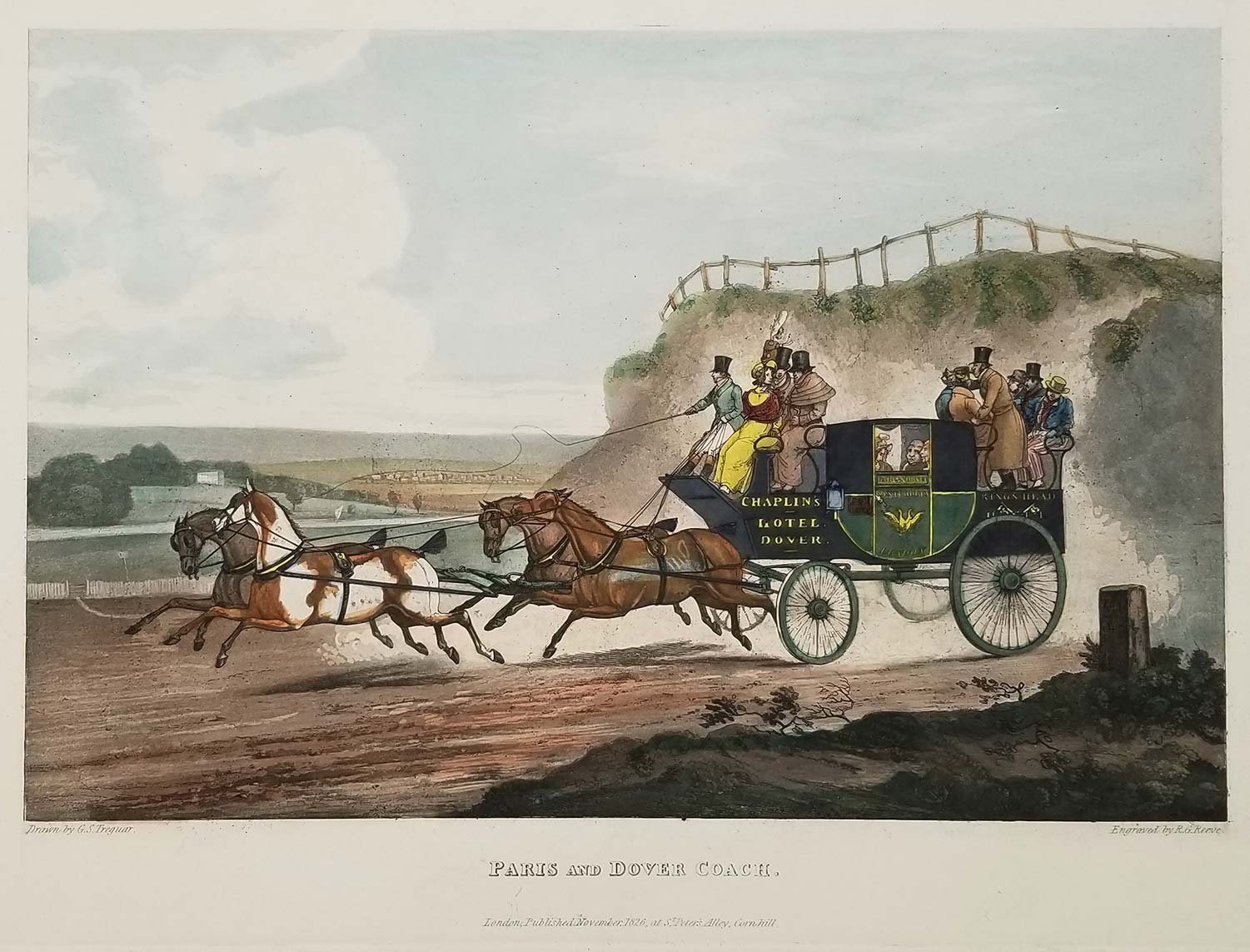
Receive Our Quarterly Update
Receive Our Quarterly Update
Deals, top picks and links to interesting articles.

